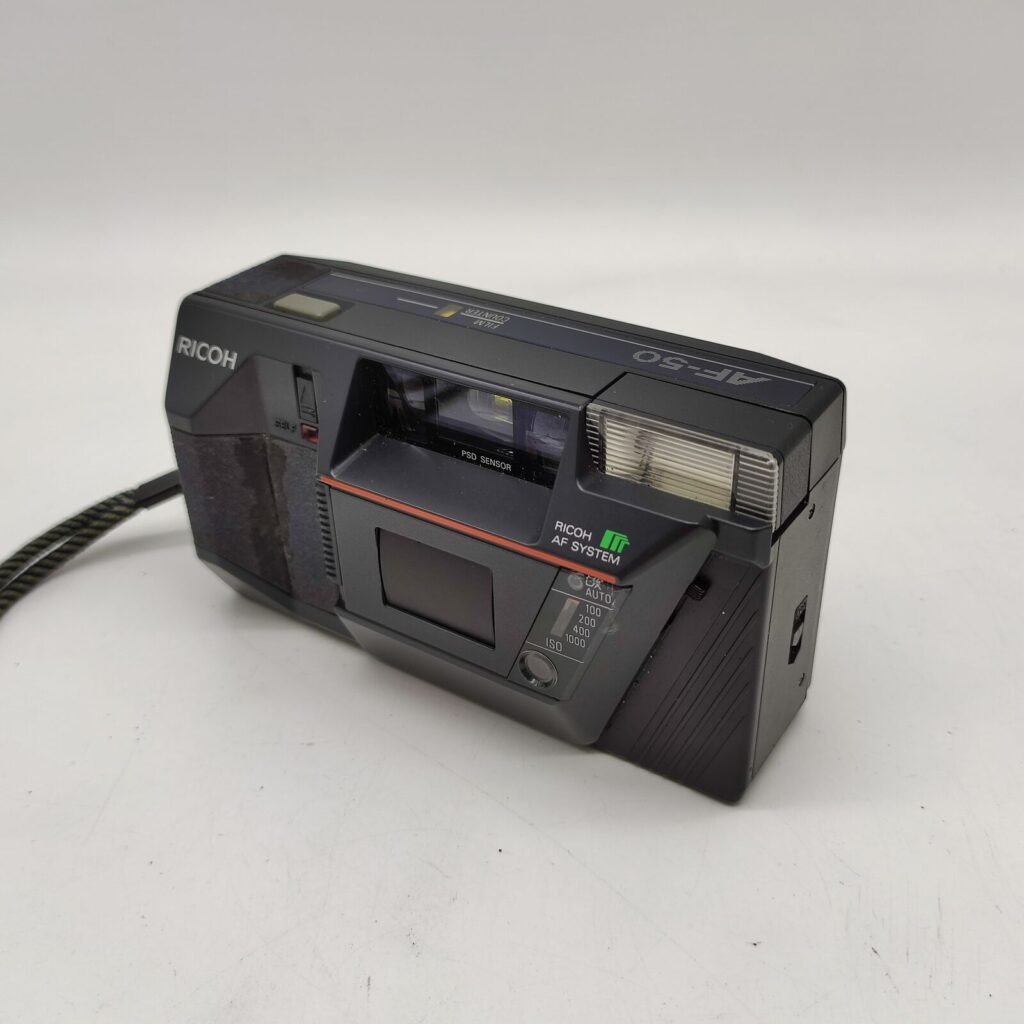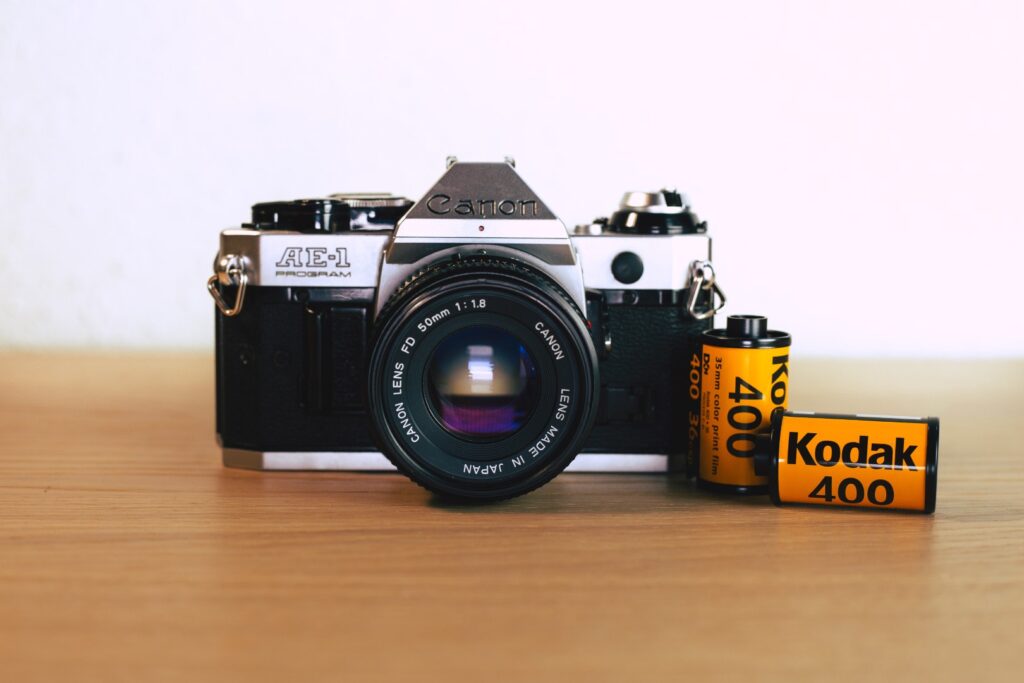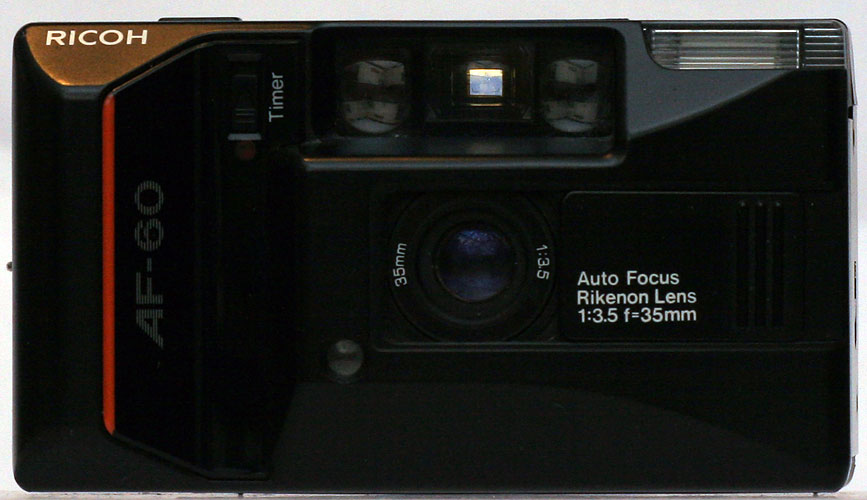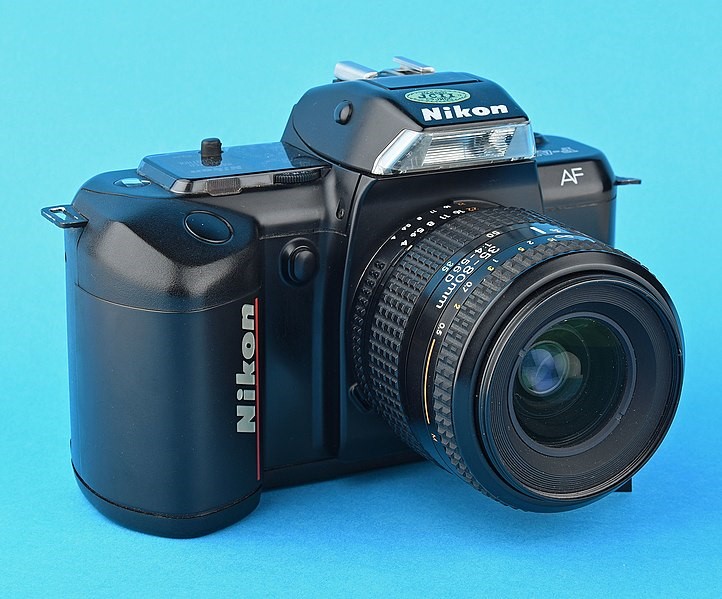
When it comes to 35mm film SLR cameras, the Nikon F-401 is an interesting model to consider. Introduced in 1987 and known as the Nikon N4004 in North America, this model is part of Nikon’s ‘F series’. The F-401 represents a transition in Nikon’s approach to camera design, combining the traditional mechanics of film cameras with newer automated functions.
The F-401 arrived during a time when camera manufacturers were beginning to explore autofocus technology more seriously. Nikon, with the F-401, made an important contribution to this evolving landscape of camera technology.
In this guide, we’ll take a closer look at the Nikon F-401, discussing its various aspects including battery requirements, film type, unique features, and more. We’ll also answer some frequently asked questions about the camera. Our goal is to help you gain a thorough understanding of the Nikon F-401, its role within the ‘F series’, and its relevance in the wider context of camera technology.
What Type of Batteries does the NikonF-401 use?
The Nikon F-401 is powered by four AA batteries. This makes it convenient as AA batteries are readily available in many stores around the world. However, it is always a good idea to opt for high-quality batteries to ensure longevity and stable power supply. Lithium or rechargeable Ni-MH batteries are recommended due to their long-lasting power performance. The type of battery used can have an impact on the number of shots that can be taken before the battery power is depleted.
Please note that the batteries are primarily used to power the electronic functions of the camera, such as the autofocus, light meter, and the motor for advancing and rewinding the film. The camera will not function without batteries.
What type of Film does the Nikon F-401 use?
The Nikon F-401 is designed to use 35mm film, which is the most common format for analog photography. This format offers a good balance between quality and affordability, making it a popular choice among photographers for a long time. The camera supports DX-coded film cartridges, which allows it to automatically recognize the speed of the film, ranging from ISO 25 to 5000.
Here are three types of 35mm films that are generally recommended for the Nikon F-401:
- Kodak Portra 400: This is a versatile color negative film with a fine grain and stunning color reproduction. It is well-suited for various lighting conditions but performs exceptionally well in natural light.
- Ilford HP5 Plus: If you are interested in black and white photography, this is a high-speed film that can deliver rich monochromatic tones and contrast. It’s a forgiving film, especially when it comes to exposure, making it a good choice for a variety of situations.
- Fujifilm Superia X-TRA 400: This is another color film known for its vibrant color palette and fine grain. It’s an excellent everyday film that performs well in different lighting situations, from bright outdoor settings to indoor scenes.
Unique Features worth mentioning
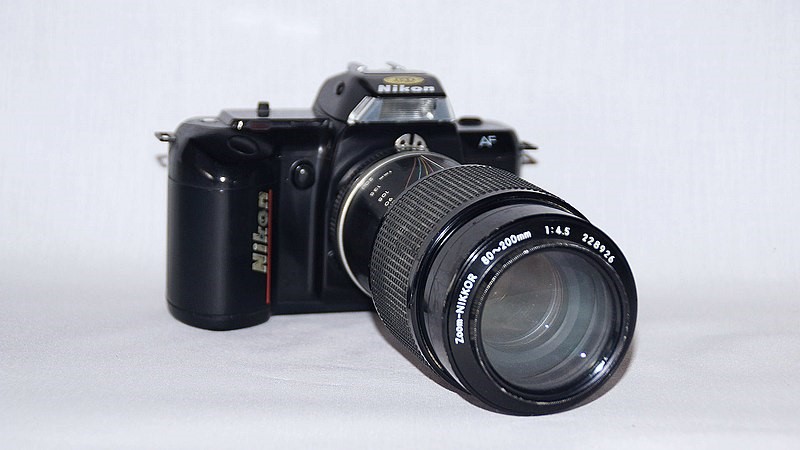
The Nikon F-401 brings together a collection of unique features that make it a remarkable model in Nikon’s lineup.
- Autofocus Technology: The F-401 was built with an advanced AM200 module, providing reliable autofocus performance. This feature enhances the camera’s capability to produce sharp and clear images under various conditions.
- DX Coding Support: The camera comes with DX coding support that automatically recognizes the speed (ISO) of your film. This feature helps the camera adjust exposure accurately based on the film’s sensitivity, leading to consistently well-exposed photographs.
- Built-in Motor Drive: This model was one of the early consumer SLR cameras that introduced a built-in motor drive. This automated feature for film advance and rewind eliminates the need for manual winding after each shot, contributing to the overall user convenience.
- Multiple Exposure Modes: The Nikon F-401 is primarily designed for use with program automation, offering a range of exposure modes including Programmed Auto (P), Shutter-Priority Auto (S), and Aperture-Priority Auto (A). Although aperture and time automation are available, they are not displayed and are therefore hardly useful. A manual exposure adjustment is also possible.
- Lens Aperture Control: The F-401 was the first Nikon camera to utilize the aperture control capabilities of AF-Nikkor lenses. It introduced the now common-place feature of using a thumbwheel instead of a lens aperture ring to adjust the aperture, showcasing Nikon’s innovation in user-friendly design.
- Built-in TTL Flash: As a sign of future camera design, the F-401 included a built-in TTL Flash, which was not very common at the time but is now a staple feature in most SLR cameras, except for the most high-end models.
Although it lacked some advanced features that seasoned amateurs and professionals may require, the Nikon F-401’s innovative design and features were indeed a sign of the future.
Frequently asked Questions
Is the Nikon F-401 Good for Beginners?
Yes, the Nikon F-401 is a good choice for beginners. Its automated features, such as the autofocus system, built-in motor drive for film advancement and rewinding, and DX coding support, make the camera user-friendly. While it offers various exposure modes, its emphasis on program automation makes it easier for beginners to get started without needing to know all the ins and outs of manual settings.
Is the Nikon F-401 a Good Camera?
The Nikon F-401 is an excellent camera considering its age and place in the transition from manual to automatic SLR cameras. It offers a solid construction, a good set of features, and user-friendly operation. Its performance in terms of image quality largely depends on the lens used and the type of film loaded, but it’s capable of producing great results.
How to Load and Rewind Film in the Nikon F-401?
To load the film, open the back cover of the camera, place the film cartridge in the film chamber, and pull the film leader across to the take-up spool. Make sure the film perforations align with the sprockets and close the back cover. Fully depress the shutter release button and the camera’s built-in motor will automatically advance the film to frame 1.
Once the roll is finished, press the film rewind button. The camera’s built-in motor will automatically rewind the film back into its cartridge. Once the film rewind is complete, you can open the back cover to remove the film.
Are There Any Known Issues with the Nikon F-401?
Like any camera, the Nikon F-401 is not without its potential issues. Some users have reported issues with the camera’s electronics over time. Given the age of this model, it’s also common to encounter problems related to wear and tear, such as a malfunctioning motor drive. If you’re purchasing a used F-401, it’s a good idea to test these functions thoroughly to ensure they’re in working order. Regular maintenance and proper care can help prolong the camera’s lifespan.,
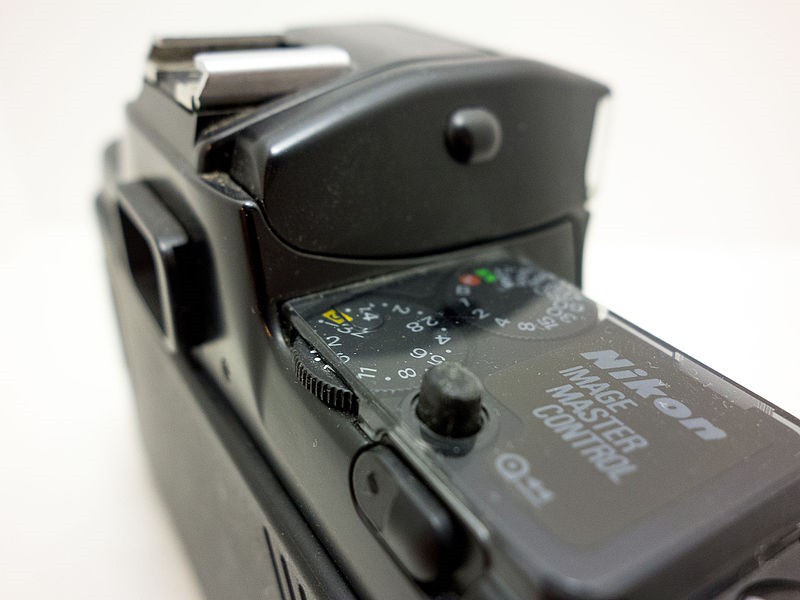
Technical Specifications
Here’s a compiled list of the Nikon F-401’s technical attributes, structured to provide you with a comprehensive understanding of the camera’s capabilities.
| Attribute | Description |
|---|---|
| Camera Type | Single Lens Reflex (SLR) body |
| Maker | Nikon Corporation |
| Compatible Films | Uses 35mm film, DX-coded, capable of handling speeds from ISO 25 to 5000. No manual selection of film speed is available. |
| Lens Compatibility | Compatible with Nikon AF bayonet mount lenses |
| Viewfinder | Incorporates a fixed eye level pentaprism viewfinder offering 0.85x magnification, and 92% frame coverage. Displays include focus indication, exposure warnings, and ready-light for inbuilt or TTL flash |
| Metering | Center-weighted (60/40) TTL metering; active when shutter release button is lightly pressed; metering range from EV 1 – 19 at ISO 100, with a f/1.4 lens |
| Autofocus System | Uses a Through-The-Lens (TTL) autofocus system |
| Shutter Construction and Speed | Features an electronic, vertically moving, metal focal plane shutter with speeds ranging from 1 to 1/2000 second |
| Exposure Control Modes | Provides Aperture Priority (A), Bulb (B), and Manual (M) modes. Exposure memory lock can be engaged via a dedicated button. Rear wheel is used for manual f-stop selection. Program mode (P) is activated by aligning “A” on the shutter dial with “S” on the f-stop dial |
| On-Board Flash | Comes with a built-in flash with a Guide Number of 12 |
| Dimensions | Measures 154mm x 102mm x 65.5mm |
| Film Advance and Rewind | Offers motorized film transport and rewind mechanisms |
| Shooting Modes | Single shot (S), continuous shot at up to 2.5 fps (C), and a self-timer with a 10-second delay |
| Power Source | Operates on four AA batteries supplying 4.8 – 6V |
| Remote Shutter Release | Compatible with the Nikon MC-12B remote shutter release |

